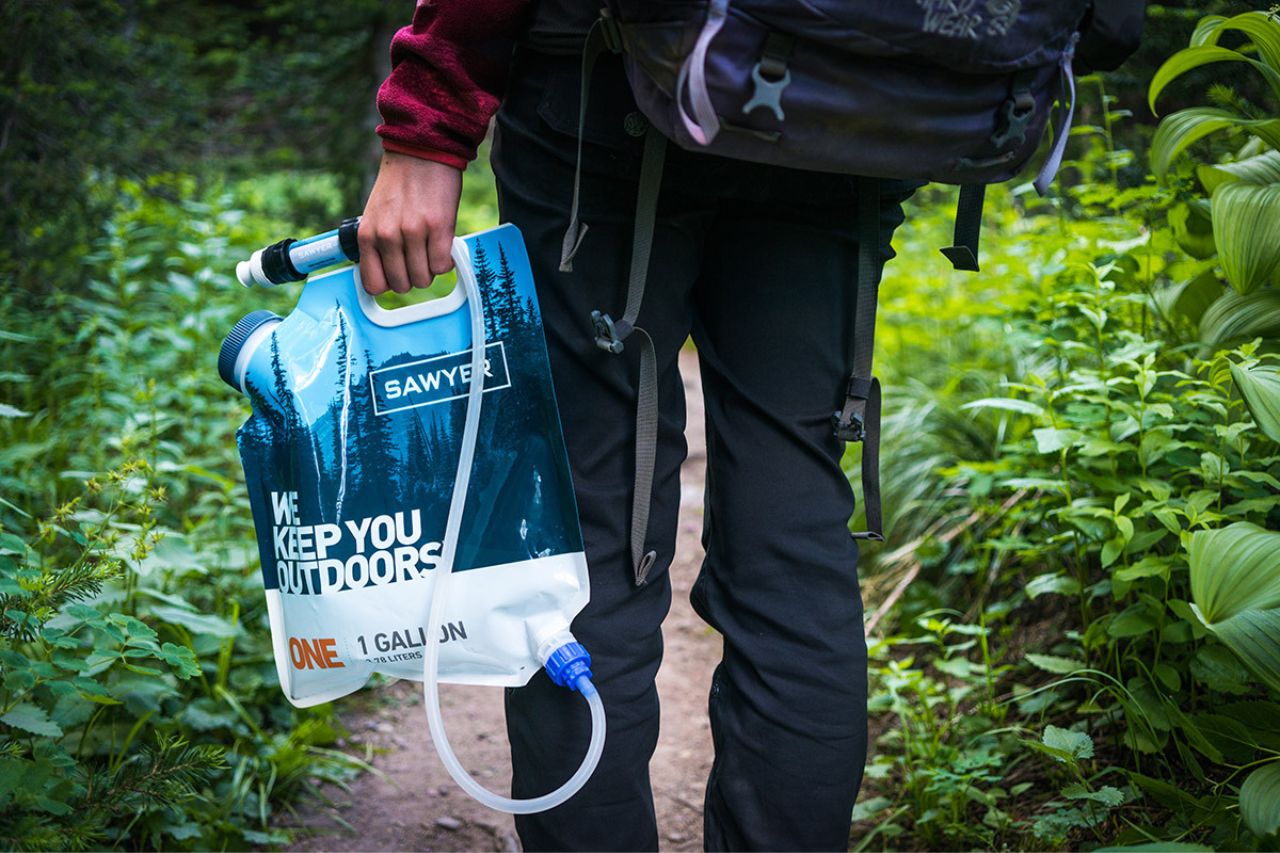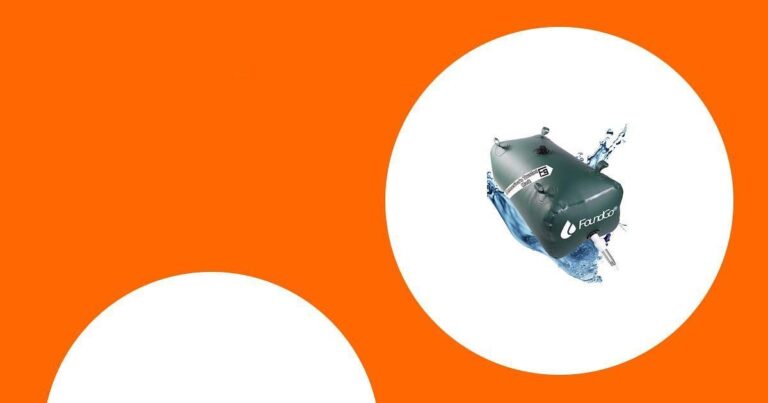How Long Can You Safely Leave Water in a Hydration Bladder?
When it comes to hydration bladders, one of the most common questions is: how long can you leave water in them? Leaving the water for too long can turn into a breeding ground for bacteria, and nobody wants to deal with that. But don’t worry, with a few simple guidelines, you can ensure your water stays fresh for as long as possible.
First and foremost, how long you can leave water in your hydration bladder depends on several factors, including temperature and exposure to sunlight. Ideally, you should aim to change the water in your hydration bladder every 24 to 48 hours. However, if you’re storing it in cooler temperatures and out of direct sunlight, it can last a bit longer.
Tip: When in doubt, remember that the fresher the water, the better. This not only ensures your hydration needs are met but also keeps you safe from potential health risks.
If you’re planning to store water for an extended period, consider these best practices:
- Use filtered or distilled water: This reduces the risk of bacterial growth compared to untreated tap water.
- Keep it in a cool, dark place: Avoid exposing your hydration bladder to heat and light, which can encourage bacterial growth.
- Clean your bladder regularly: Use a brush or cleaning kit specifically designed for hydration bladders to scrub away any residue.
Understanding Hydration Bladders: An Overview
So, how long can you leave water in a hydration bladder? It largely depends on a few key factors such as the temperature, the material of the bladder, and overall maintenance routines.
In general, it’s recommended to not leave water sitting in your hydration bladder for more than a few days. This is because stagnant water can turn into a breeding ground for bacteria, especially if the bladder is not properly cleaned and dried between uses. Think of your hydration bladder as an extension of your body’s hydration system – it deserves just as much care and attention.
The Material Matters Hydration bladders are often made from materials like EVA, which is odorless and tasteless, providing a clean and fresh drinking experience. Nevertheless, even these high-quality materials are not immune to the growth of mold and bacteria if water is left sitting for too long. These microorganisms thrive in moist environments, so drying your hydration bladder completely is crucial.
Temperature Considerations The environmental temperature can also play a role. In hotter conditions, water may spoil faster. For instance, leaving your hydration bladder in a hot car can accelerate bacterial growth. Conversely, colder temperatures can slow down bacterial proliferation, but don’t rely on this – always aim to empty and dry your bladder within a reasonable timeframe.
Best Practices for Hydration Bladders It’s beneficial to rinse out your hydration bladder daily during multi-day adventures. Once your trip is over, invest time in a thorough cleaning. Using a water bladder hanger can facilitate proper drying and help eliminate air pockets, which are common mold hotspots. These simple habits can significantly extend the life and functionality of your hydration bladder.
90% of hydration bladder users report cleaning their bladders after each use
Health Risks: What Happens When Water Sits Too Long
Leaving water in a hydration bladder for extended periods can have several negative consequences. When water sits too long, it creates an ideal environment for bacteria and mold to thrive. The resulting microorganisms can lead to various health issues such as gastrointestinal infections, which can manifest through symptoms like nausea, vomiting, and diarrhea.
An additional risk arises from using untreated or improperly filtered water. This can introduce harmful pathogens into your hydration system, which proliferate during prolonged storage. Always use potable water to minimize these risks.
Moreover, stagnant water can lead to an unpleasant taste or odor, making your drinking experience far less enjoyable. This is particularly true if the water has absorbed any chemicals or residues from previous contents, such as sports drinks. Regular cleaning and proper maintenance of your hydration bladder are essential to avoid these issues. Utilize cleaning tablets or mild soap solutions to thoroughly rinse and disinfect your reservoir.
Lastly, the presence of an air pocket in your hydration bladder can further exacerbate the situation by promoting mold growth. Ensure you expel as much air as possible and store the bladder in a dry, cool place. Alternatively, freezing the bladder can help prevent mold formation, especially in humid conditions. By adhering to these tips, you can keep your hydration system safe and extend its lifespan, ensuring a fresh and clean source of water for all your adventures.
Stagnant water in a hydration bladder can develop a bad taste after 72 hours
Optimal Timeframe for Keeping Water in a Hydration Bladder
So, how long is too long when it comes to storing water in your hydration bladder? The answer can vary based on several factors, including the material of the bladder and environmental conditions. Ideally, you should refresh the water in your hydration bladder daily, especially during active use. This helps to ensure the water stays fresh and palatable.
However, if you’re using your hydration bladder intermittently for activities like hiking, cycling, or running, a timeframe of two to three days is generally acceptable for keeping water in the bladder. After this period, the risk of bacterial growth increases, which can lead to unpleasant odors and potential health risks.
For longer-term storage between activities, empty the hydration bladder completely, rinse it thoroughly, and allow it to dry entirely before storing. Some users find that storing their hydration bladder in the refrigerator or freezer helps to prevent mold and bacteria from developing. This can be particularly useful for those who don’t use their bladder daily.
It’s also worth noting that different hydration bladder materials can impact the optimal storage timeframe. For instance, bladders made of EVA or other antimicrobial materials may offer slightly longer periods of safe water storage. However, regardless of the material, adhering to regular cleaning practices is essential.
Signs Your Hydration Bladder Needs a Refresh
Eventually, every hydration bladder will need a refresh to ensure you’re sipping the cleanest and safest water possible. Here are some telltale signs that it’s time to give your hydration bladder some attention:
Unpleasant Odor
Does your hydration bladder have an off-putting smell? This is one of the first indicators that bacteria or mold may be present. If a simple rinse doesn’t eliminate the odor, it’s time for a deep clean.
Strange Taste
Water should taste fresh and clean. If you notice a strange or metallic taste, it could signal that unwanted critters or residue are lingering in your bladder. Immediate action is necessary to ensure safe hydration.
Visible Particles
Seeing particles floating in your water is never a good sign. It indicates that debris, mold, or bacteria are present. These visible signs often suggest that a thorough cleaning or possibly even a replacement is necessary.
Slime or Film
Running your hand along the inside of the bladder and feeling any sort of slime or film is a big red flag. This buildup is a breeding ground for bacteria and should be addressed with a deep cleaning regimen.
Stale Water
Water that has been sitting in your bladder for an extended period tends to become stale. To avoid this, refresh your water supply frequently and ensure that it’s stored properly when not in use.
Keeping an eye out for these signs can help you maintain a fresh and safe hydration system, allowing you to focus on your adventures without worrying about the quality of your water
Comparing Different Hydration Bladder Materials and Their Effects on Water Storage
When it comes to choosing a hydration bladder, the material it’s made from plays a significant role in how long you can store water in it. Different materials offer varying levels of durability, flexibility, and resistance to bacteria growth, all of which impact water storage.
One common material is thermoplastic polyurethane (TPU). TPU bladders are known for their flexibility and durability. They’re generally resistant to abrasion and punctures, which makes them suitable for rigorous outdoor activities. However, TPU can sometimes retain odors, so regular cleaning is crucial to ensure your water tastes fresh.
Another popular choice is ethylene-vinyl acetate (EVA). This material is lightweight and offers good resistance to UV radiation and hydrolysis. EVA bladders are odorless and tasteless, making them a great option for those sensitive to the smell or taste of plastic. Keeping an EVA bladder clean is relatively straightforward, but it’s still critical to follow proper maintenance routines to prevent any microbial growth.
Finally, there are polyethylene (PE) and polyethylene blends. These materials are often used in more affordable hydration bladders. While they are lightweight and cost-effective, they may not offer the same level of durability or taste neutrality as TPU or EVA. PE bladders might require more frequent cleaning to avoid any off-tastes in your water.
Hydration bladders can safely store water for up to 3 days in cool conditions
Summary
In summary, while hydration bladders are incredibly handy and can enhance your outdoor adventures, ensuring the safety and quality of the water you store in them is crucial. Leaving water in a hydration bladder for too long can pose various health risks, primarily due to bacterial growth and potential contamination.
To maximize the usability of your hydration bladder and the safety of the water, consider the different material types and their specific storage recommendations. Whether you opt to store your bladder in the refrigerator or freezer, adopting proper storage practices can extend the life of your water reserves and keep them safe from harmful organisms.
Always prioritize using clean, treated water and remember that regular maintenance and cleaning are key to a healthy hydration system. Equipped with this knowledge, you can confidently take your hydration bladder on all your adventures, knowing that you are prepared with safe, reliable hydration. Happy trails!
Frequently Asked Questions

How do you clean a hydration bladder?
Cleaning a hydration bladder properly ensures that you stay healthy and extend the life of your gear. Here’s a step-by-step guide to keeping your hydration bladder in top shape:
Daily Cleaning
After a day of adventure, it’s essential to rinse out your hydration bladder. Simply fill it with warm water and a drop of mild soap or a splash of lemon juice. Swish the solution around, ensuring it reaches every corner. Don’t forget to run some through the hose and bite valve too! Rinse thoroughly with clean water until no soap remains.
Deep Cleaning
Once you’re back home, a more thorough cleaning is in order. Disassemble the bladder, hose, and bite valve. Fill the bladder with warm water and a tablespoon of baking soda or a denture-cleaning tablet. Let it sit for around 15 minutes before scrubbing. Use a specialized brush to clean the tube, reaching every inch where mold might hide. Rinse everything with warm water and leave it to air dry completely.
Bleach Rinse
Occasionally, a more substantial cleaning might be beneficial, especially if you notice any lingering odors or discoloration. Fill the bladder with a mixture of one teaspoon of bleach and a liter of water. Allow it to sit for about 30 minutes, then rinse thoroughly multiple times to ensure no bleach residue remains.
Drying and Storing
After cleaning, drying your hydration bladder thoroughly is crucial to prevent mold. Prop open the reservoir to allow air to circulate. Hang it upside down or use a coat hanger to keep the inner surfaces from sticking together. To store, always ensure it’s entirely dry, and consider keeping it in the refrigerator to inhibit mold growth further.
What is the best way to store a hydration bladder when not in use?
To ensure your hydration bladder remains in optimal condition when not in use, proper storage is key. Start by making sure the bladder is completely dry. Any lingering moisture can encourage the growth of mold and bacteria. Hang your bladder upside down in a well-ventilated area, using a bladder hanger if possible. This allows for thorough air drying.
Once dry, store the hydration bladder in a cool and dry place. A popular method among outdoor enthusiasts is to store the bladder in the refrigerator or freezer. This can prevent any residual water droplets from becoming a breeding ground for microbes. If the refrigerator isn’t an option, ensure the bladder is kept in a dark place, away from direct sunlight and heat sources, as UV rays can degrade the material over time.
Remember to keep the cap and tube detached, but stored with the bladder to avoid losing any parts. This also ensures that any remaining moisture evaporates completely. By implementing these storage practices, you extend the life of your hydration bladder and ensure fresh, clean water for your next adventure.
What are the benefits of using a hydration bladder over traditional water bottles?
When it comes to staying hydrated during outdoor activities, hydration bladders offer several advantages over traditional water bottles. Let’s explore some of these benefits:
Hands-Free Convenience
Hydration bladders are equipped with a drinking tube that allows you to sip water without using your hands. Whether you are hiking, biking, or running, you can stay hydrated without having to stop and reach for a bottle.
Even Weight Distribution
Carrying a hydration bladder in a backpack ensures the weight of the water is evenly distributed across your back. This balanced distribution reduces the strain on your shoulders and back, making it easier to carry water for extended periods.
Higher Storage Capacity
Hydration bladders generally have a larger capacity than traditional water bottles. This means you can carry more water, reducing the need to frequently stop and refill, which is particularly beneficial for long-distance adventures.
Efficient Use of Space
Hydration bladders conform to the shape of your backpack, making them more space-efficient. Unlike rigid water bottles, they can fit snugly into any pack, maximizing storage space for other essential gear.
Maintained Fluid Temperature
A hydration bladder stored inside a backpack is somewhat insulated from external temperatures. Your water will stay cooler for longer compared to the water in bottles exposed to direct sunlight.
Easy Monitoring of Water Intake
The simplicity of sipping from a tube often encourages more frequent hydration, allowing you to maintain optimal hydration levels throughout your activity. More frequent sipping can also help you gauge how much water you’ve consumed, ensuring you don’t run out unexpectedly.


